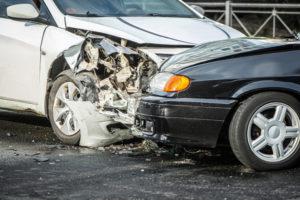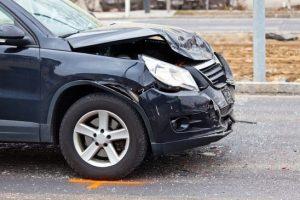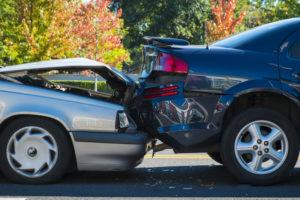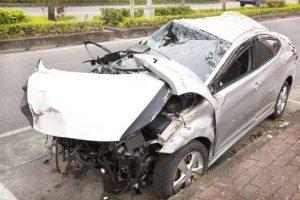
The vast majority of car accidents are minor fender-benders. But when vehicles crash head-on at a high speed, the results can be devastating. Victims often face steep medical expenses and lost income while they recover. These steep losses can jeopardize a family’s financial security.
The best way to protect yourself from a head-on collision is to understand what causes these dangerous car wrecks. Although every accident is different, there are at least six common causes behind head-on collisions. Be careful to avoid them.
Six Common Causes of Head-on Collisions
The vast majority of car accidents involve human error – and head-on collisions are no exception. These six factors contribute to most head-on crashes:
- Distracted driving
- Driving while fatigued
- Failing to adjust to poor weather or low visibility
- Using poor technique when overtaking a vehicle
- Driving under the influence of drugs or alcohol
- Ignoring traffic signs and signals
These six causes of head-on collins are sadly underestimated by many drivers. If you were injured by a negligent driver in a head-on traffic accident, you understand the serious nature of these events.
For a free legal consultation, call 800-537-8185
How Often do Head-on Collisions Happen?
Head-on collisions only account for about 2% of all accidents in the US. According to the National Highway Traffic Safety Administration, head-on collisions happen most often in rural areas. They cause 13% of all rural fatal accidents. However, less than 7% of deadly wrecks in urban areas are head-on impacts.
Though rare, head-on accidents often end with severe injuries – especially when the vehicles involved are traveling at high speeds. Accident victims commonly suffer brain trauma that causes permanent cognitive and physical disabilities.
Common Injuries in Head-on Collisions
Like most types of accidents, a head-on crash can damage any part of your body. The most common injuries in head-on collisions are:
- Head injuries
- Back injuries
- Broken bones
- Contusions
- Concussions
- Bruises and cuts
- Organ damage
In addition to physical wounds, major accidents can cause post-traumatic stress disorder. In fact, according to the American Psychological Association, motor-vehicle crashes are the leading cause of PTSD in the United States. Common symptoms include:
- Reliving the crash through nightmares and flashbacks
- Irrationally blaming another person or yourself for the accident
- Feeling severe anxiety or depression
- Avoiding places and people that remind you of the accident
- Difficulty sleeping
- Forgetting details about the accident
- Not being able to concentrate
Click to contact our personal injury lawyers today
Are Head-On Collisions More Dangerous Than Other Crashes?
Any motor vehicle accident can cause severe injuries or death. However, head-on collisions are more dangerous than other crashes. This is because two vehicles are traveling in opposite directions before they collide.
If two cars traveling at the same speed meet in a head-on collision, the force of the impact is doubled. Cars driving 50 mph will each experience a wreck equivalent to striking a stationary object at 100 mph. Even though head-on collisions only make up 2% of auto accidents, they account for 10% of traffic accident fatalities.
What to Do After a Head-On Collision
Head-on collisions have a high rate of injuries. As with any car accident, you should call 911 immediately. If you can, exit your vehicle and move a safe distance away from the road. Leave your car where it is and wait for help to arrive.
Police will make an accident report, which you may use to file an insurance claim or a personal injury lawsuit. You should also gather your own evidence, such as photos of the accident scene, vehicle damage, and your injuries. Seek medical attention.
You may also benefit from legal assistance. A car accident lawyer can help you recover damages and protect your rights if you suffer a head-on collision.
Questions?Call 800-537-8185
to find a Morris Bart office near you.




